Evolving Consumer Preferences
The beer market in Europe is currently experiencing a shift in consumer preferences, with a growing inclination towards unique flavors and artisanal products. This trend is reflected in the increasing popularity of craft beers, which accounted for approximately 25% of the total beer sales in 2025. Consumers are increasingly seeking out local and small-batch breweries, which are perceived as offering higher quality and more authentic experiences. This evolution in taste preferences is prompting larger breweries to innovate and diversify their product lines to cater to these changing demands. As a result, the beer market is witnessing a dynamic landscape where traditional brands must adapt to remain relevant.
Emerging Distribution Channels
The beer market in Europe is witnessing a transformation in distribution channels, driven by changing consumer behaviors and preferences. The rise of e-commerce and direct-to-consumer sales has altered how beer is marketed and sold. In 2025, online sales of beer are projected to account for 10% of total sales, reflecting a shift towards convenience and accessibility. Additionally, partnerships with delivery services and subscription models are becoming increasingly popular, allowing consumers to explore a wider variety of products from the comfort of their homes. This evolution in distribution channels is compelling traditional retailers to adapt their strategies, thereby reshaping the overall landscape of the beer market.
Regulatory Changes and Compliance
The beer market in Europe is significantly influenced by regulatory changes that govern production, distribution, and marketing practices. Recent legislation aimed at reducing alcohol consumption has led to stricter advertising guidelines and labeling requirements. For instance, some countries have implemented minimum pricing laws, which can affect profit margins for breweries. Compliance with these regulations is essential for market players to avoid penalties and maintain their market position. Additionally, the industry must navigate varying regulations across different European countries, which adds complexity to operations. This regulatory environment shapes strategic decisions within the beer market, influencing everything from product development to marketing strategies.
Cultural Influences and Social Trends
Cultural influences and social trends are significantly impacting the beer market in Europe. The growing emphasis on social experiences and community engagement is driving consumers to seek out local breweries and participate in beer festivals and tasting events. This trend is fostering a sense of community and connection among consumers, which is vital for brand loyalty. Furthermore, the increasing popularity of beer pairings with food is encouraging consumers to explore new flavors and styles. In 2025, it is estimated that events centered around beer culture will attract millions of attendees, further solidifying the role of beer in social interactions. This cultural shift is likely to continue shaping the beer market in the years to come.
Technological Advancements in Brewing
Technological advancements are playing a pivotal role in the beer market in Europe, enhancing production efficiency and product quality. Innovations such as automated brewing systems and advanced fermentation techniques are enabling breweries to scale operations while maintaining consistency. Moreover, the integration of data analytics allows brewers to better understand consumer preferences and optimize their offerings accordingly. In 2025, it is estimated that breweries investing in technology will see a 15% increase in production efficiency. This trend not only benefits larger breweries but also provides smaller craft brewers with tools to compete effectively. As technology continues to evolve, it is likely to reshape the competitive landscape of the beer market.


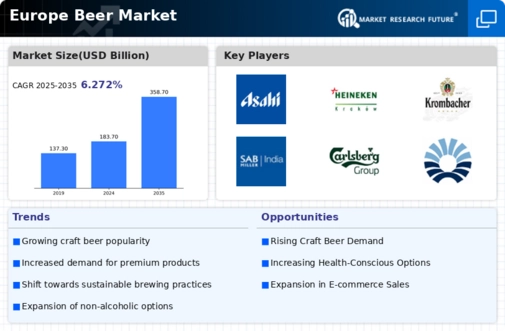
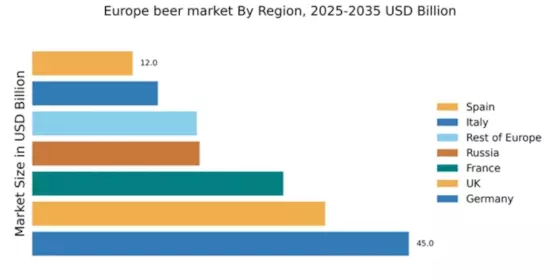
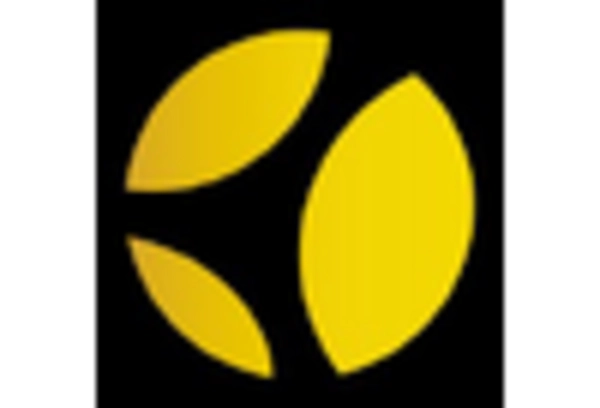
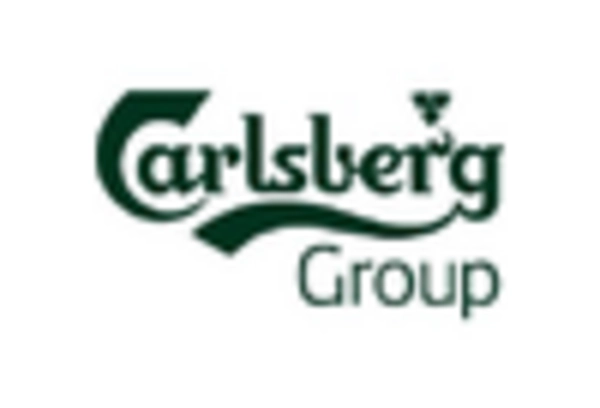

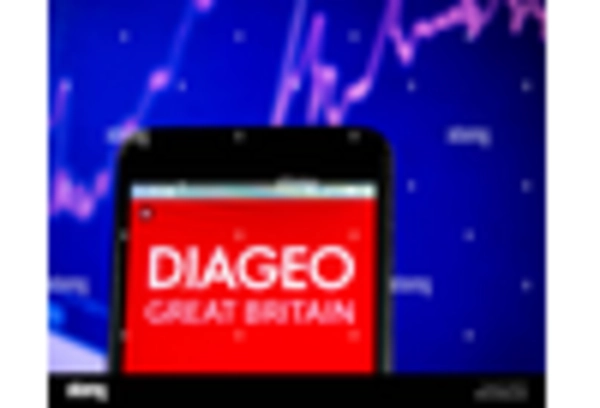
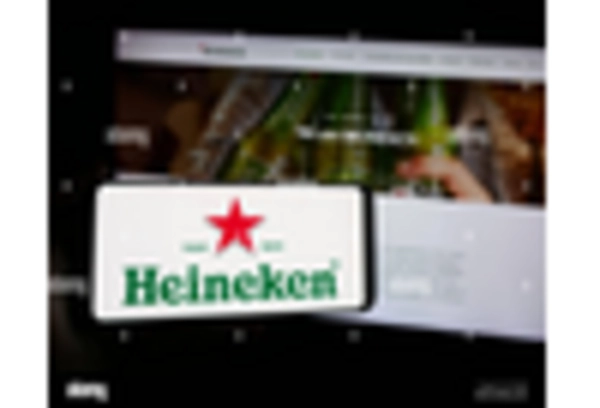









Leave a Comment